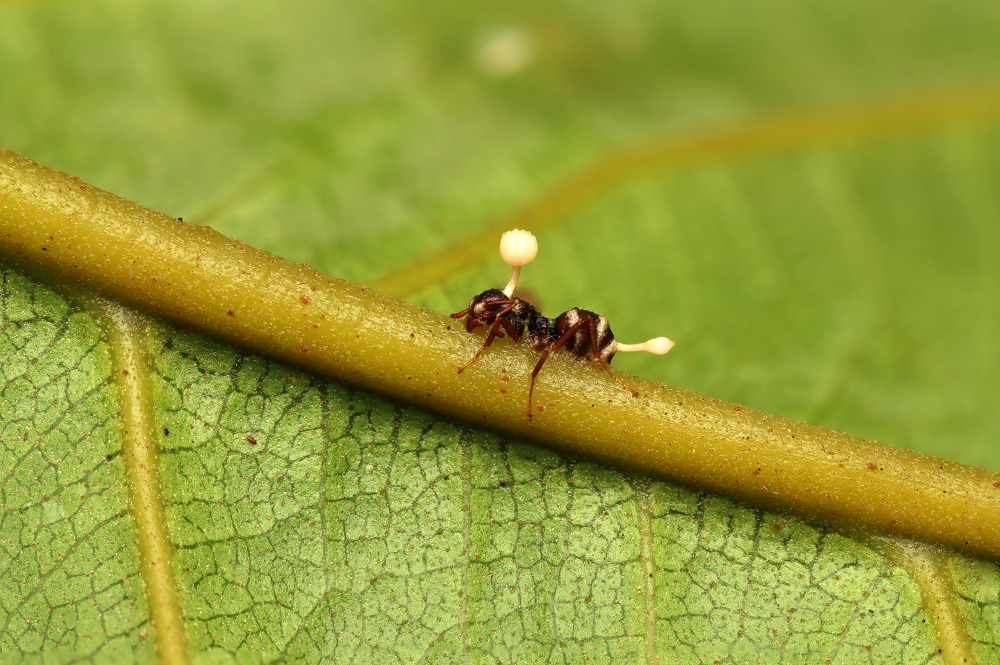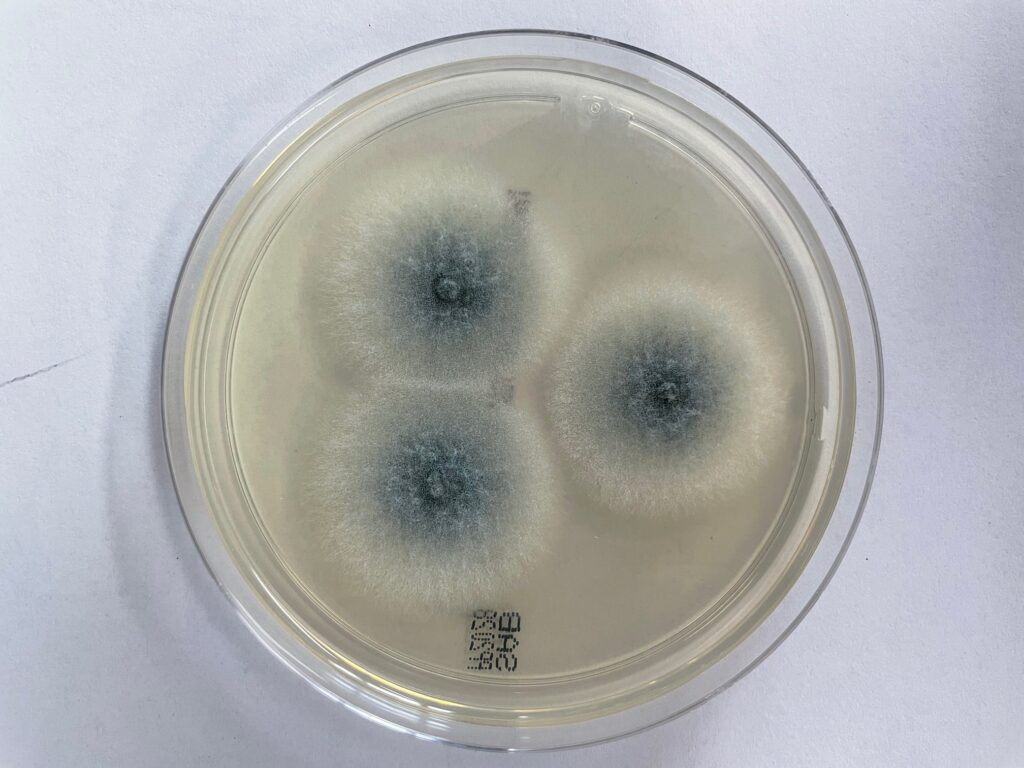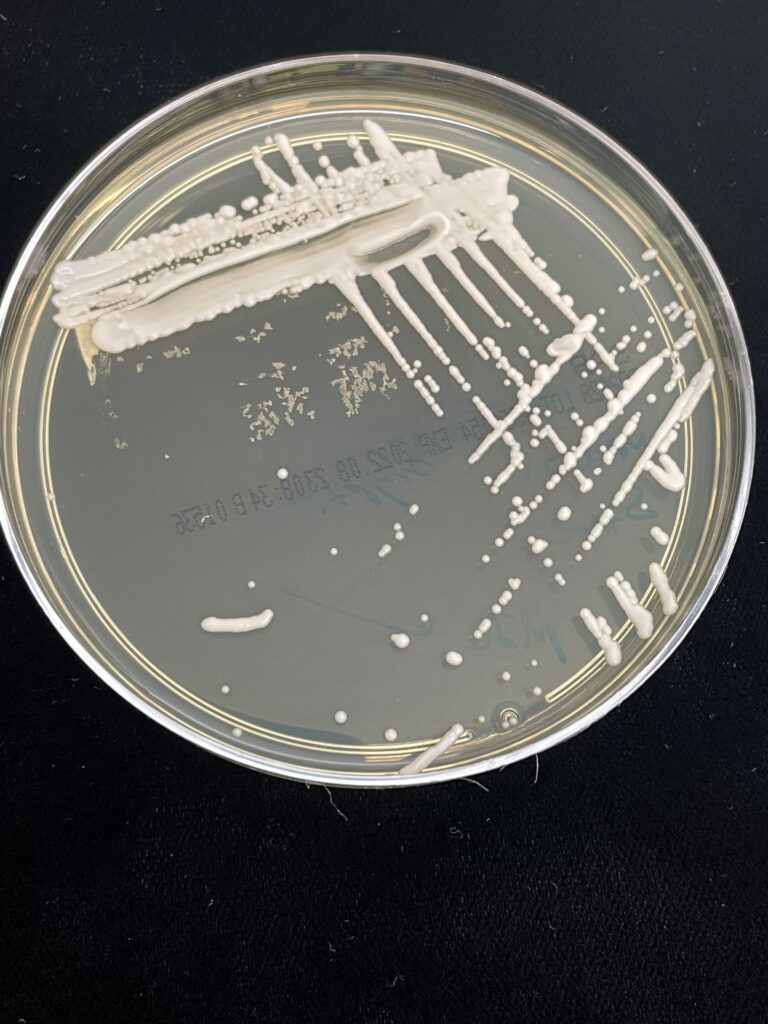Media Resources & Contact

The blockbuster TV show The Last of Us has raised the prospect of a devastating fungal pandemic, where humans are infected by a brain controlling Cordyceps fungus. We ask one of our mycologists what fungi we should be worried about.
A brain controlling fungus that has adapted to climate change to infect humans, plunging the world into a terrifying fungal pandemic.
The HBO drama The Last of Us is gaining a huge audience of fans and presents us with a future where humanity is all but wiped out by a Cordyceps fungal infection.
Cordyceps fungi are real. But, rather than humans, they infect insects and manipulate the behaviour of their host to multiply and spread.
So, could they mutate and infect humans?
We asked our very own fungal expert here at NSW Health Pathology, Dr Catriona Halliday, whose work involves identifying fungi and developing diagnostic tests for fungal infections.

Catriona, have you seen The Last of Us and what do you think of the science behind it?
“I haven’t watched it yet, but I have had a lot of people sending me links to articles about it, so I am aware of it. I don’t come across Cordyceps fungi in the laboratory because it’s not something which actually does cause infections in humans.
“There are many different Cordyceps species and they cause infections in different insects. Each species causes an infection in a specific host insect.
“I’ve looked at some amazing footage on YouTube where David Attenborough’s Planet Earth shows a Cordyceps infecting an ant in that colony. I can tell you I won’t be showing it to my 10-year-old because he will have nightmares!”
There’s an ominous line in that video where Attenborough explains that the Cordyceps fungus works to keep each insect species in check, preventing any one animal from overpopulating an area. So, is it far-fetched that we might be next?
“Yes, it is unlikely, because that particular fungus just doesn’t cause infections in humans, but it’s an interesting concept.”
So, what fungi do pose a risk and how worried should we be about fungal infections?
“The World Health Organisation (WHO) recently released a Fungal Priority Pathogen List to draw attention to the fungus threat and guide research into new fungal diagnostics and antifungal agents. It highlights 19 fungal species that pose the largest threat. The “big four” are:
1. Cryptococcus neoformans
2. Candida auris (a fungal ‘superbug’)
3. Aspergillus fumigatus
4. Candida albicans (a yeast that is part of our skin, mouth and guts microbiome that is usually harmless but can disseminate and cause life threatening illness during immunosuppression)



“Most fungi cause infections in humans with compromised immune systems although there are some that infect healthy hosts.
“Fungi are everywhere, and people breathe and come into contact with them every day without getting sick thanks to a healthy immune system. Your body temperature of 37 degrees, your body’s ability to get rid of things that you might breathe in – they all help you to avoid getting a fungal infection. It’s usually only people who’ve got a compromised immune system, whether that’s because they’re undergoing treatment for cancer, or if they’ve had immunosuppressive treatment for transplants or they may have HIV. Those particular people are more likely to develop a nasty fungal infection.
“The most common mould that causes infections is Aspergillus fumigatus. Aspergillus lives very happily in soil, composts, and plant debris. Its role is actually for degradation of material in the environment. They’re very good for the environment and we really need them. But it’s when people have a compromised immune system that fungus can cause really horrible, nasty infections that are quite life threatening.”
Are these infections hard to diagnose? Are doctors looking out for the symptoms?
“I think probably fungal infections are not the first thing that’s necessarily thought of and it might be when a patient’s not responding to antibiotics that then they might do some further tests and discover a fungal infection.
“Funnily enough, fungi weren’t even on anyone’s radar for causing infections till the 1980s. It was only when we had HIV and lots of people with immuno-compromising conditions that they were even acknowledged as an issue.
“Fungi have only really been recognized as causing a problem in the last 40 to 50 years, so we’re a long way behind other infectious diseases, like viruses, because we’re starting a lot later.”
What got you started with Mycology – have you always been interested in fungi?
“Not at all! In fact, I don’t even eat mushrooms, I never have. I did a basic science degree with a major in microbiology, and I think we probably had one lecture on fungi. I went on to do a PhD looking at a particular fungus and it was then that a role came up at Westmead. So, I’ve developed PCR tests to diagnose fungal infections. I’ve gone from learning about one particular fungus to learning about a lot more of them and there’s about 200 of them that cause infections in humans.”
*Dr Halliday has recently published the 4th Edition of Descriptions of Medical Fungi, a 350 page book detailing updated species, images and tips for identification.

